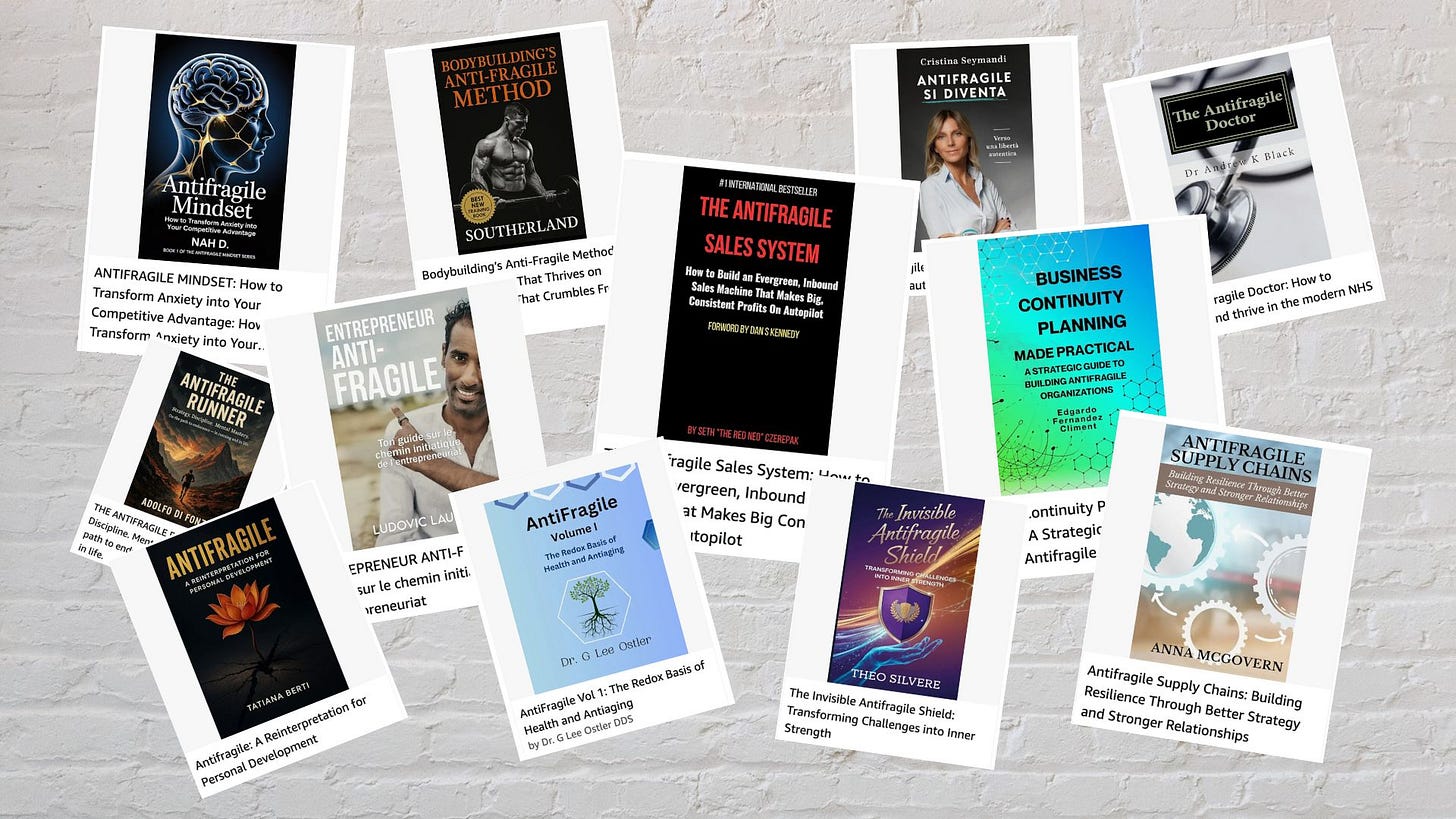Five Definitions of Antifragility
Pushing against buzzwordisms.
Nassim Taleb’s profound and irreverent 2012 book Antifragile quickly became a best seller and, according to the author’s own boasting, is still selling very well.
Since its publication, the concept of antifragility has entered the business vernacular. After all, “being antifragile” seems like a worthy objective.
Predictably, a cottage industry of “antifragile for x” sprang up. From leadership to bodybuilding, mental health to running, medicine to sales, there’s plenty of material and “coaches” to help you become antifragile.
Antifragility has become a buzzword—parroted often, implemented rarely. My guess is that many aspiring antifragilistas haven’t digested what antifragile actually means.
So, what does it mean to be antifragile? Here are five definitions, straight from the book.
To gain from disorder.
Anything that has more upside than downside from random events (or certain shocks) is antifragile; the reverse is fragile.
Fragility equals concavity equals dislike of randomness. [It follows: Antifragility equals convexity equals love of randomness.]
Antifragility is the combination aggressiveness plus paranoia—clip your downside, protect yourself from extreme harm, and let the upside, the positive Black Swans, take care of itself.
Antifragility is beyond resilience or robustness. The resilient resists shocks and stays the same; the antifragile gets better. […] The antifragile loves randomness and uncertainty, which also means—crucially—a love of errors, a certain class of errors.
If you prefer visual analogies, think of antifragility as the Hydra monster.
These definitions show how multifaceted and elusive the concept is. There’s a lot to unpack from those few sentences alone, but I’ll leave that for another time.
In the meantime, if you take the time to read the book, you’ll appreciate how antifragility is easier to describe than to achieve.
That shouldn’t stop us from working toward antifragility, but it should temper our expectations of actually achieving it.


